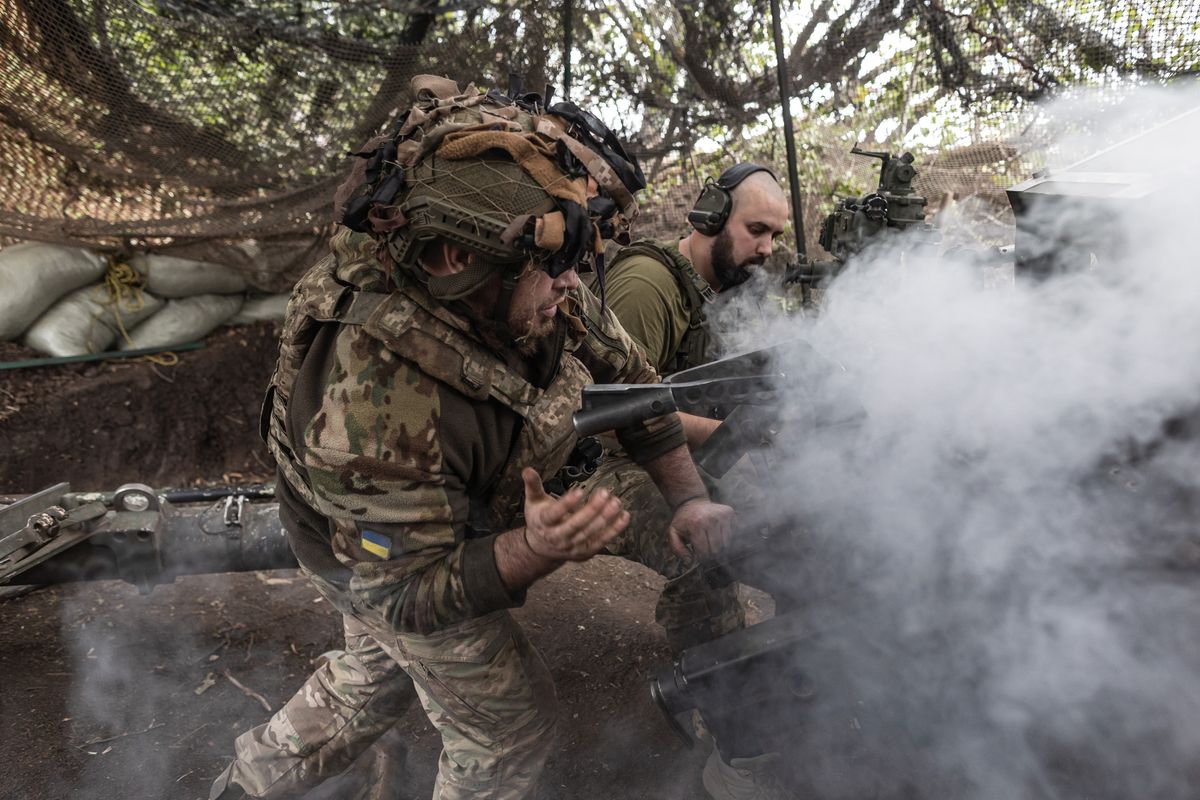It is no secret that Hermione revealed that the basilisk traveled via the pipes in the second installment of the Harry Potter series. When I began my consulting career with the National Communications System (NCS) and cybersecurity became the sexy cousin, the communications muggles liked to remind the cyber wizards that without the pipes, there is no cyber.
FEMA considers communications as one of the “lifeline” sectors: embedded in every other sector, providing indispensable services that enable continuous operation of all business and government functions. If compromised and not promptly restored, we risk human health and safety or national economic security. In my time as the lead for a national planning contract, we laughed at the irony of exercises that assumed “comms are up” because how can you exercise without comms? Think about the interdependencies of critical infrastructure and how closely tied and what domino effect occurs when a single sector goes down. It is so important to have a realistic plan and exercise it—you cannot rely on luck.
After the Cuban Missile Crisis, President Kennedy’s Memorandum created the NCS in 1963 under the Department of Defense. The Agency’s focus was national security communications and communications support to critical federal functions during emergencies. NCS’s role and responsibilities continued to increase under President Reagan, adding National Security and Emergency Preparedness mission sets. Under President Bush, the NCS was absorbed when DHS was created in 2003; its unique roles and responsibilities were transferred to DHS when the NCS was disbanded by Executive Order in 2012 under President Obama. Communications began to take a back seat under the Office of Cybersecurity and Communications—cyber was the buzz word, receiving all the funding. Comms was divided into the Office of Emergency Communications focusing on interoperable public safety and the National Coordinating Center for Communications (NCC) focusing on federal emergency communications, continuity and the Emergency Support Function, part of the National Response Framework. Now that a new agency evolved in 2018, you cannot find communications in the name: Cybersecurity and Infrastructure Security Agency.
Communications has a foot in both the cyber and physical realms as well as a huge presence in operations. There is only one national level communications center—the NCC, which has a prominent role in the CISA Operations Center. Dedicated comms folks do more than address policy, analysis, and continuity—there is planning, preparedness, response, restoration, and R&D. Sometimes you hear of the great work done during hurricane season, but the operational portfolio also includes an eye to other natural disasters such as wildfires, earthquakes, volcanic eruptions, manmade disasters resulting in issues as well as worldwide humanitarian aid efforts. There are little known programs that all relate to resiliency of the sector, for example the Shared Resources High Frequency (SHARES) program which provides backup communication when landline and cellular communications are not available.
The NCC was designated as the Communications Information Sharing and Analysis Center (Comms ISAC) by the National Security Council in 2000 and, interestingly, is the only joint federal government and industry ISAC. This long-established trusted relationship is a glowing example of information exchange and public/private partnership. We need a champion who understands the importance of availability and reliability of telecommunication services and the role the NCC plays.
The President’s National Security Telecommunications Advisory Committee (NSTAC) should fill this void by advocating for the need to foster awareness about the critical role of communications. This body of corporate executives represents major telecommunications companies, network service providers, information technology, finance, and aerospace companies. The NSTAC’s goal is to develop recommendations to the President to assure vital telecommunications links through any event or crisis, and to help the U.S. Government maintain a reliable, secure, and resilient national communications posture. They are well-positioned to champion NCC equities.
Moreover, in the quest to fill cybersecurity shortfalls, the need for expert communications understanding and experience should be a key consideration for all cyber-oriented agencies. In light of Donald Rumsfeld’s unknown unknowns—don’t let communications be one of “the ones we don’t know we don’t know.”
Read more national security and cyber insights, perspectives and analysis in The Cipher Brief













